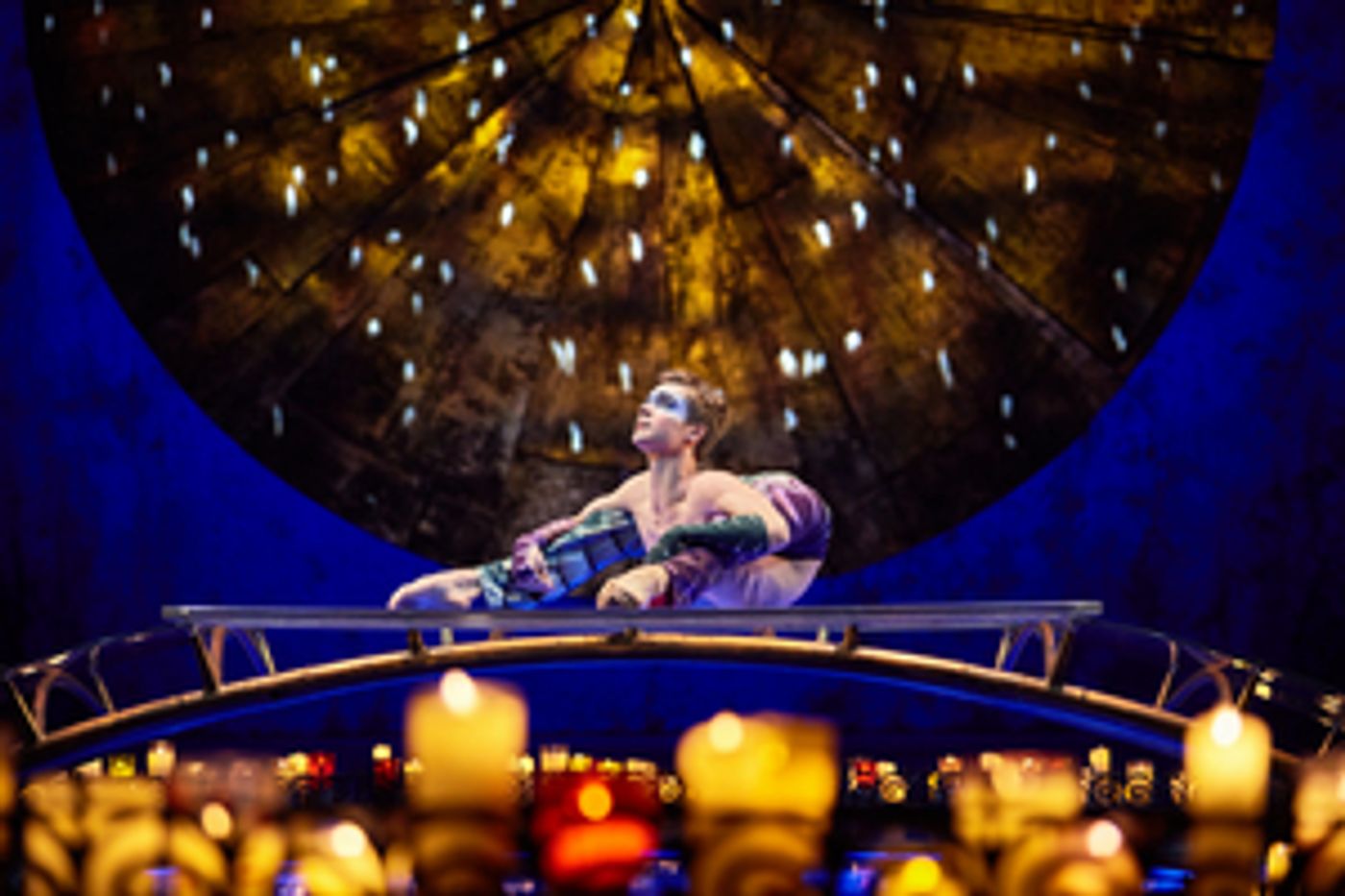Review: LUZIA, Royal Albert Hall

![]() It's that time of year again; Cirque du Soleil have returned to London's Royal Albert Hall, bringing their show LUZIA to Europe for the first time. Last year's TOTEM felt somewhat bland and soulless, but LUZIA shows the company at its very best.
It's that time of year again; Cirque du Soleil have returned to London's Royal Albert Hall, bringing their show LUZIA to Europe for the first time. Last year's TOTEM felt somewhat bland and soulless, but LUZIA shows the company at its very best.
Using a name blended from the Spanish for light (luz) and rain (lluvia), this is the 38th production to come from the company. Subtitled A Waking Dream of Mexico, the show takes the audience into a fantasy tribute to Mexico's culture, history and traditions. Much inspiration is taken from the turn-of-the-century films, with deserts and cacti aplenty: from there, we witness migrating butterflies, steamy jungles and vintage beach holidays.
The intricate set features the first water element in a touring show, introduced during an impressive display of the cyr wheel by Rosa Tyyska and Nora Zoller, while trapeze artist Enya White flips above their heads. Then the sky seems to open and a wall of water comes crashing down. As the performers continue their act in the deluge, it's increasingly hard to believe how they can keep a grip in such conditions.
Water also plays a major role in a sequence set in a pool in a Mayan forest. Stephen Brine pulls himself into the air on straps to perform an arresting display of strength and dexterity. This segment also features a life-sized mechanical jaguar who enters to challenge for the territory; it sets quite a fantastical scene.
Contortionist Aleksei Goloborodko challenges every expectation of how the human body should be able to move. Goloborodko is simply astonishing; he sinuously displays seemingly impossible positions and when he touches the back of his head with his pelvis there are gasps of genuine incredulity.
The filler sections, necessary for smooth set changes and drying the wet stage, are handled well by gormless traveller Fool Koller. These segments feel tighter and lack the annoyance of some other shows.
The acts are not all perfect, but these small mistakes actually serve to remind the audience they are watching real people doing extraordinary things; there are no tricks or illusions.
Set in the round, the Royal Albert Hall is a perfect venue for the show. The stage features a clever, giant turntable, allowing the audience to view the acts from multiple angles. This works especially well in the finale, where nine equilibrists jump from and to a pair of giant swings.
Designer Eugenio Caballero captures the country's diversity and traditions, particularly the Papel Picado curtain that features in Act II. Costume Designer Giovanna Buzzi reflects Mexico with some traditional prints, but also some fantastically inventive costumes; birds, cacti and various animals feature prominently and the colours and textures are constantly eye-catching.
Lighting design is also particularly good, especially during the sections featuring the water. The cascade used as a waterfall is particularly evocative. There is also a brilliant segment where the water falls in patterns of various animals, birds and patterns. Cirque never do things by halves.
Composer Simon Carpentier also reflects a true Mexican flavour, with talented live musicians and wonderful singer Majo Cornejo. It is very refreshing to witness a definitive theme after the anonymous World music of TOTEM.
As ever, tickets are not cheap, but LUZIA is a unique show as it deftly demonstrates the limits of human strength, dexterity and physical skill. It is a brilliantly crafted and ingenious reminder why Cirque du Soleil have stayed at the top of their game for so many years.
Luzia is at the Royal Albert Hall until 1 March
Photo Credit: Matt Beard
Reader Reviews
Videos

